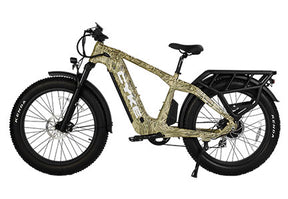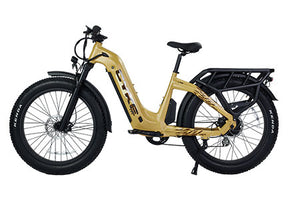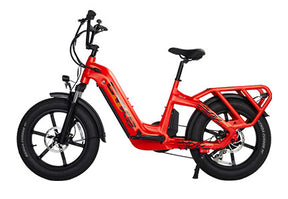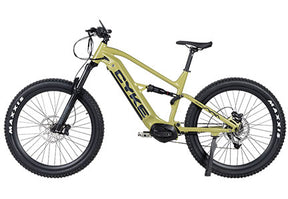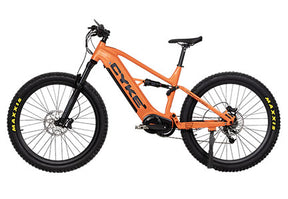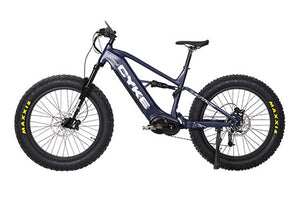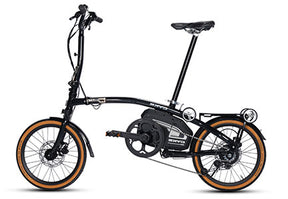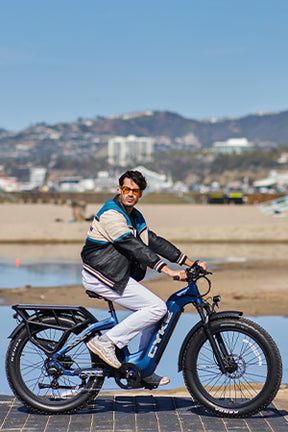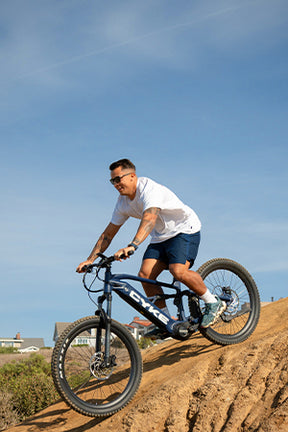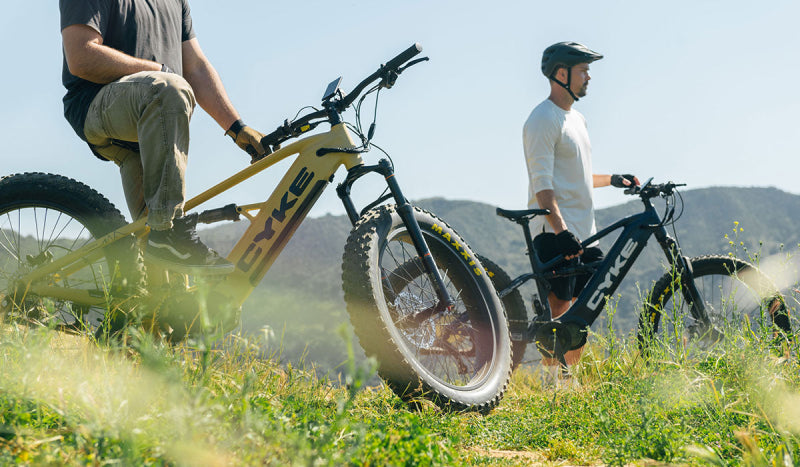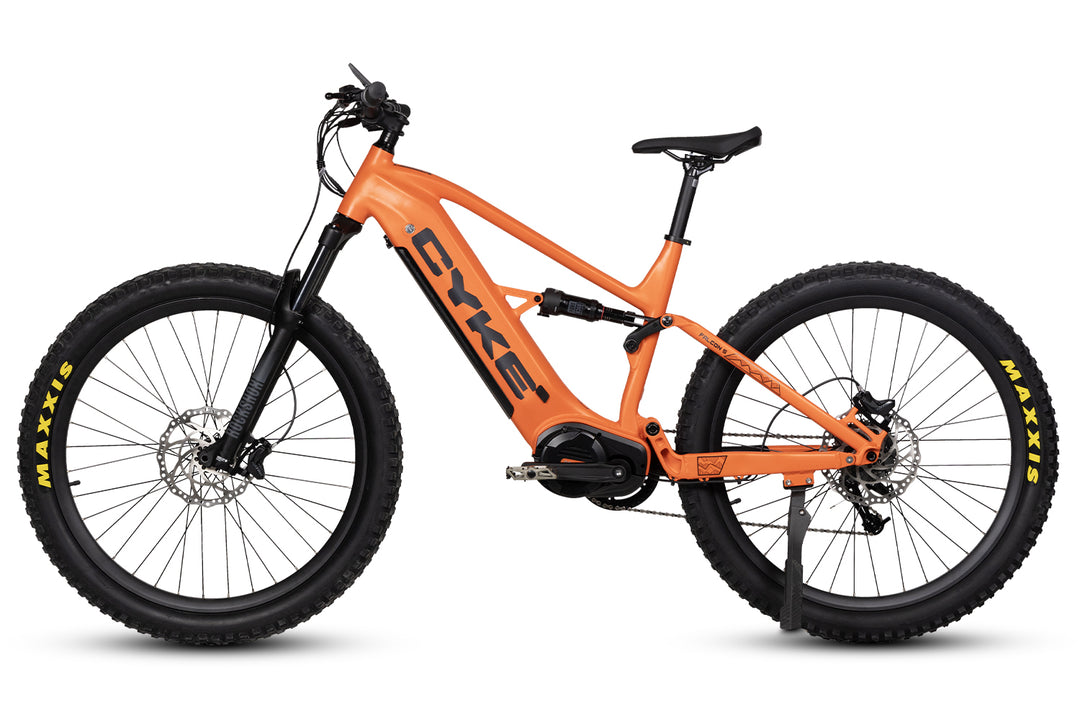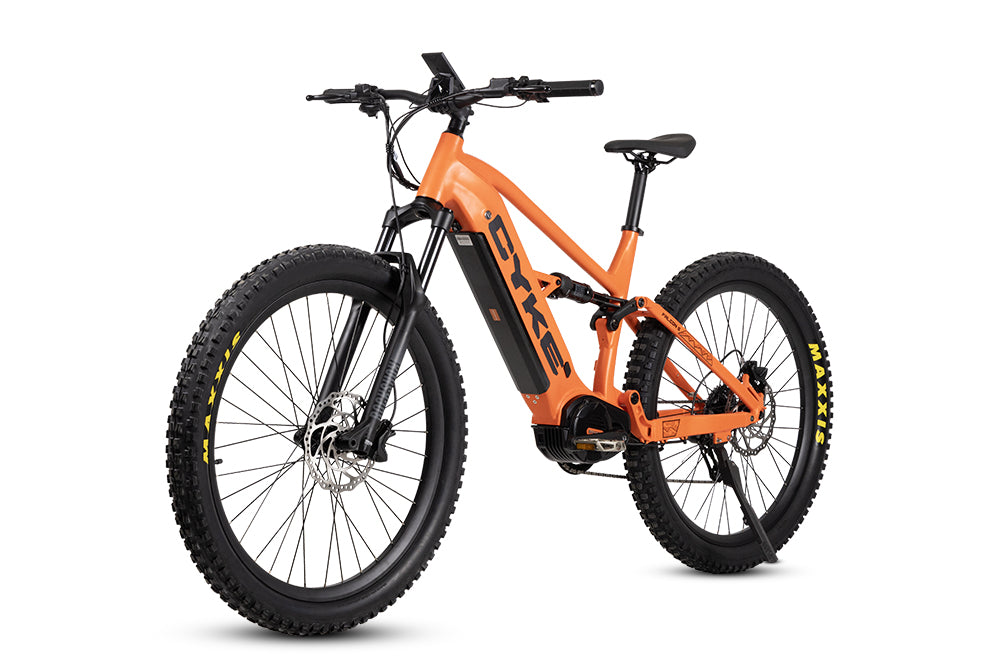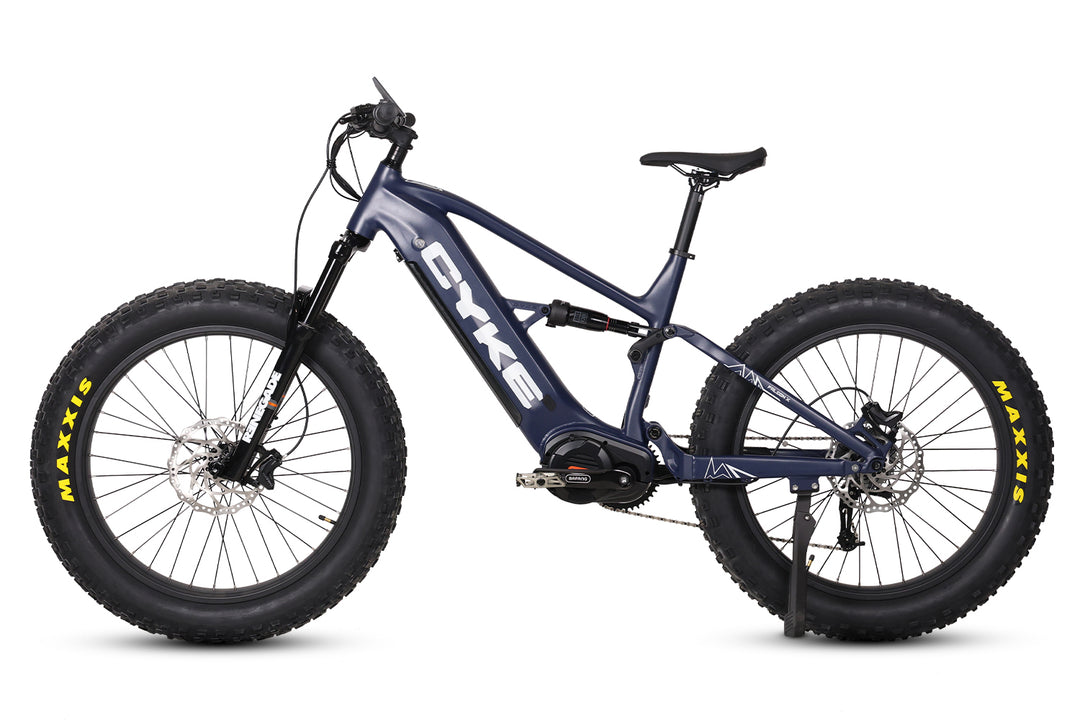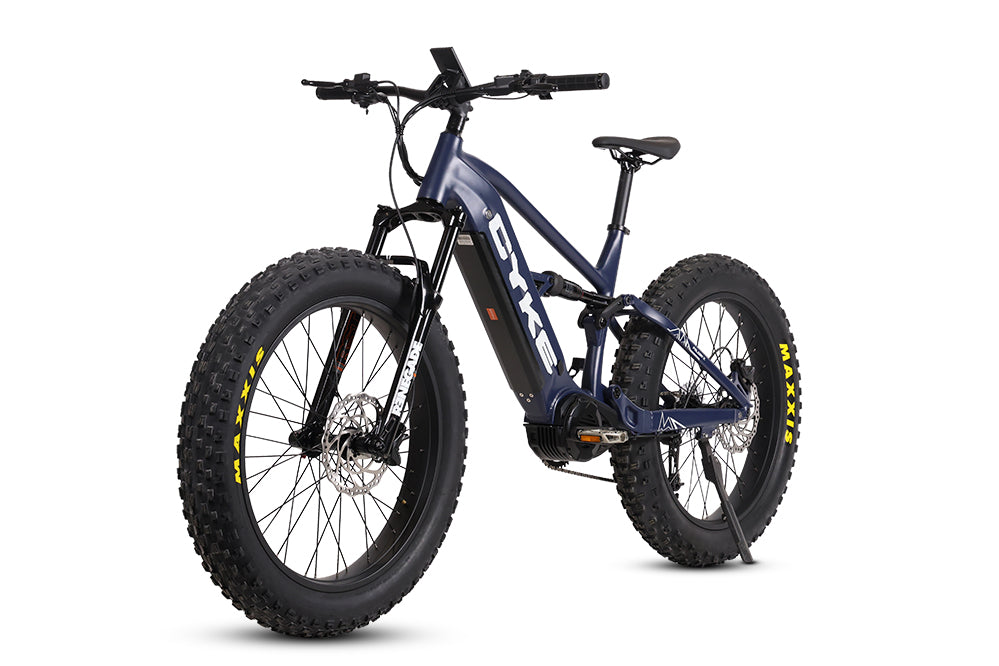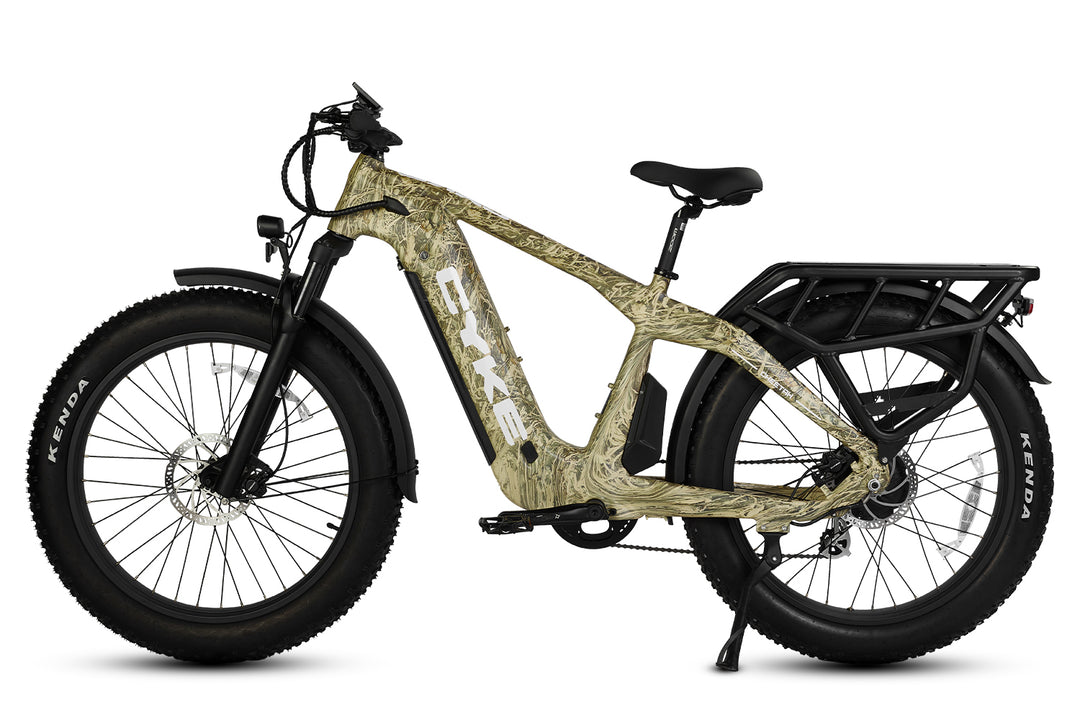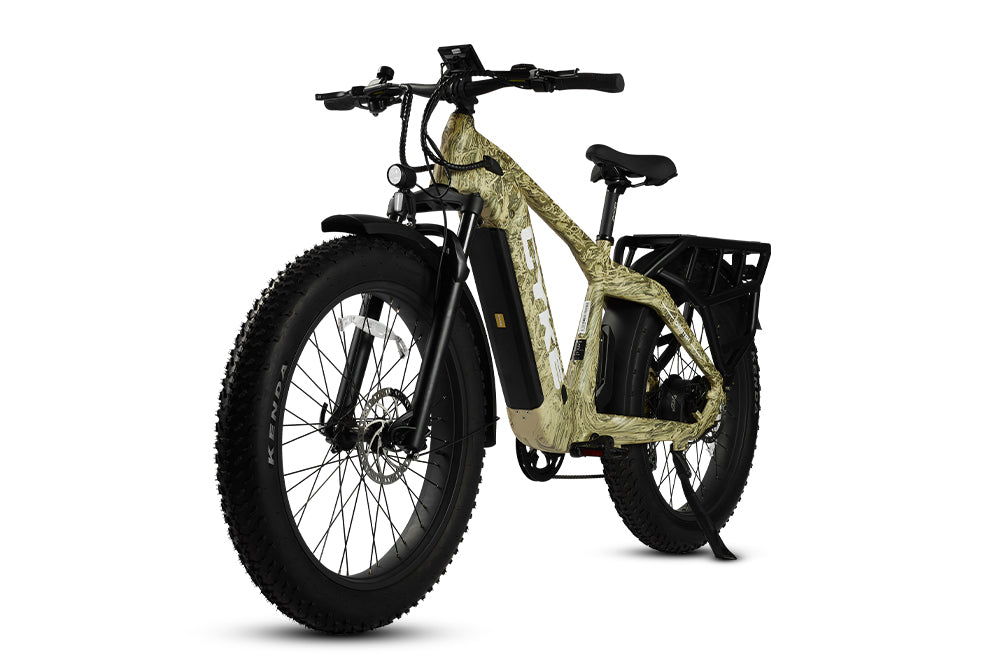Comparing Bike Drivetrains: Shimano, SRAM, and More
Are you unsure about which bike drivetrain is right for you? With so many options out there, it can be quite a challenge when trying to choose between leading brands like Shimano, SRAM, and others.
The world of cycling has seen tremendous advancements in technology, and the drivetrain can significantly enhance your cycling experience. It can make all the difference in shifting efficiency and overall bike responsiveness.
Whether you’re a seasoned rider or just starting, understanding the differences between popular drivetrain systems like Shimano, SRAM, and others can help you unlock your bike’s full potential and enjoy the ride to the fullest.
In this guide, we’ll break down the leading drivetrain options, focusing on Shimano, SRAM, and other notable brands. Get ready to dive deep into the world of bike drivetrains and discover which one aligns best with your cycling needs.
What is a Bike Drivetrain?
A bike drivetrain is a set of components that turns your pedaling into forward motion. It’s made up of key parts like the pedals, crankset, chainrings, chain, cassette, and derailleurs. Together, these components work to transfer the power from your legs to the bike’s wheels.
Simply put, it contains all the parts that enable you to move and stop the bike. It's what determines how smoothly you can shift gears, how responsive your bike feels, and how efficient your pedaling is.
Bike drivetrains come in different setups, from basic 8-speed setups to advanced 12-speed systems with electronic or wireless shifting. They influence everything from the smoothness of your ride to how efficiently you can tackle steep climbs, cruise on flat roads, or race down trails
Shimano vs. SRAM: Two Leading Bike Drivetrains
Shimano and SRAM dominate the market, offering a wide range of drivetrains for various cycling needs. Each brand brings unique technologies, advantages, and drawbacks to the table. Let’s explore their key offerings.
Shimano Bike Drivetrains
Shimano is one of the most trusted names in cycling, known for its reliability, innovation, precision, and affordability. It caters to everyone, from casual riders to competitive cyclists.
Shimano Altus (8-Speed)
The Shimano Altus is a popular entry-level drivetrain. For riders on a budget who need reliable performance for urban riding or light off-road rides, Shimano Altus fits the slot. One great example is the Cheetah Hunting Ebike, which features this Shimano 8 speed shifter.
Who It’s For: Commuters and casual riders who want something affordable and easy to use.
Key Features:
- 8-speed system.
- Durable and low-maintenance design.
- Perfect for entry-level mountain bikes or eBikes
What’s Good:
- Budget-friendly and simple to operate.
- Perfect for beginners or those who prefer simplicity.
- Handles daily commutes and light off-road routes well.
What’s Not So Great:
- The gear range is limited compared to advanced models.
- Shifting can feel slower under heavy loads.
Shimano Deore and SLX (9-Speed)
If you’re looking for something more versatile, the Shimano Deore and SLX are a step up. These systems are more precise and durable, making them ideal for moderate off-road rides or gravel paths.
Who It’s For: Riders who enjoy trails, and gravel rides, or need a reliable system for their electric mountain bikes (eMTBs).
Key Features:
- 9-speed drivetrains with a wider gear range.
- Smoother shifting compared to entry-level options.
Pros:
- Reliable and long-lasting.
- Handles moderate trails with ease.
- Offers more gears for better performance on hills.
Cons:
Slightly heavier than SRAM alternatives focused on performance.
Shimano XT and XTR
For those who love serious mountain biking, the Shimano XT and XTR are hard to beat. These are top-of-the-line mountain bike drivetrain built for tough conditions and high performance.
Who It’s For:
Mountain bikers and professionals who need speed, durability, and precision.
Key Features:
- Advanced 11-12 speed systems.
- Lightweight materials with high durability.
- Built for tough trails and rough conditions.
Pros:
- Smooth, fast shifting with high accuracy.
- Lightweight without sacrificing durability.
- Designed for technical mountain rides.
Cons:
- Pricey compared to mid-range options.
Shimano Di2
If you’re into cutting-edge cycling tech, the Shimano Di2 is in a league of its own. This electronic shifting system offers smooth, effortless gear changes with zero lag.
Who It’s For: Cyclists who want the latest technology, flawless precision, and low maintenance.
Features:
Fully electronic shifting for smooth and instant transitions with zero lag.
Requires battery power.
Pros:
- Effortless precision.
- Reduces maintenance since there are no cables to stretch or wear out.
Cons:
- Expensive and dependent on battery life.
SRAM Bike Drivetrains
SRAM is Shimano’s biggest competitor. It’s known for its innovative designs and advanced technologies that cater to performance-focused riders. While often pricier, SRAM drivetrains are optimized for performance and weight savings, making them popular among mountain bikers and competitive cyclists.
SRAM SL-X5 (9-Speed)
The SRAM SL-X5 is a solid choice if you’re looking for an affordable drivetrain that works well on different terrains. It’s reliable and smooth, making the SRAM 9 speed drivetrain a popular pick for many eMTBs like the Falcon A, Falcon S, and Falcon X.
Ideal for: Those who want a solid performance for varying terrains without breaking the bank.
Features:
- 9-speed system.
- Uses Exact Actuation™ technology for precise and responsive gear changes.
Pros:
- Smooth and consistent performance.
- Works well for eMTBs and offers a great gear range.
- Handles different terrains with ease.
Cons:
- Slightly heavier than the Shimano Deore systems.
- Shifting can feel less fluid under heavy loads.
SRAM NX, GX, and X01
These mid-range bike drivetrains are built for riders who want to handle tougher trails. The SRAM NX, GX, and X01 systems offer more advanced features and excellent performance for off-road adventures.
Ideal for: Off-road riders and eMTB enthusiasts looking for top performance.
Features:
- Advanced 11-12 speed systems.
- Robust and broad gear range for tackling climbs and fast descents.
Pros:
- Lightweight and durable.
- Shifts smoothly, even on challenging terrain.
- Excellent for trail performance.
Cons:
- More expensive than Shimano’s mid-range systems.
SRAM Eagle (12-Speed System)
The SRAM Eagle is made for serious riders tackling steep climbs and technical trails. Its 12-speed system includes a massive 10-50T cassette, giving you one of the widest gear ranges out there.
Ideal for: Competitive mountain bikers facing steep climbs and fast, technical descents.
Features:
- 12-speed drivetrain.
- Wide gear range with a 10-50T cassette.
Pros:
- Huge gear range for both climbs and descents.
- Smooth, quick shifting, even in tough conditions.
- Exceptional durability.
Cons:
- Expensive and might be unnecessary for casual riders.
SRAM eTap
SRAM’s eTap system is all about wireless shifting. It gives you a clean, cable-free design and precise performance. It’s perfect for those who love the latest tech and want an uncluttered ride.
Ideal for: High-performance riders, or anyone who wants the latest in wireless shifting technology.
Features:
- Fully wireless shifting with no cables.
- A sleek look and precise performance.
Pros:
- No messy cables mean less maintenance.
- Speedy and accurate shifts.
Cons:
- Requires careful battery management.
- It’s one of the pricier options.
Other Bike Drivetrain Brands
While Shimano and SRAM dominate, other brands like MicroSHIFT, Bosch, and Campagnolo are also worth exploring.
MicroSHIFT
MicroSHIFT may not have the name recognition of Shimano or SRAM, but it offers budget-friendly alternatives with solid performance. Their Advent and XCD systems are ideal for casual riders and light trail use.
MicroSHIFT Advent: This is great for riders who want a sturdy system for off-road rides without spending too much. It has a clutch-equipped derailleur to keep the chain in place, even on bumpy terrain. It’s tough, easy to install, and simple to maintain.
MicroSHIFT XCD: The XCD series takes things up a notch. It’s built for cross-country and light trails, offering more durability and mid-range performance.
Bosch
If you’re into eBikes, Bosch is a big name. They focus on making smooth, easy-to-use drivetrains, and are designed to work perfectly with eBikes.
One standout feature is their Nuvinci Continuous Variable Transmission. Instead of traditional gear steps, it lets you switch between gears seamlessly. It’s perfect for city commuting or leisurely trail rides, and it’s low-maintenance, too.
Campagnolo
Known for its high-end, performance-driven components, Campagnolo is a premium brand. It’s all about speed, precision, and a touch of elegance. Their drivetrains are built for serious cyclists and racers who want top performance.
Super Record: This is their top-tier drivetrain, designed for pros and those who want the absolute best. It’s lightweight, uses carbon fiber to save weight, and offers super-smooth 12-speed shifting.
Chorus: If you want Campagnolo quality but at a slightly lower price, the Chorus drivetrain is a great option. It’s still high-performance, with a 12-speed system and materials that balance durability with performance.
Conclusion
When comparing bike drivetrains, there’s no one-size-fits-all answer. Shimano excels in reliability and affordability, while SRAM pushes the envelope with innovation and performance. Brands like MicroSHIFT, Bosch, and Campagnolo also offer great alternatives for specific needs.
Ultimately, the best drivetrain depends on your riding style, terrain, and budget. Whether you’re cruising city streets or tackling mountain trails, investing in the right drivetrain can elevate your cycling experience. So, consider your options carefully and enjoy the ride.
